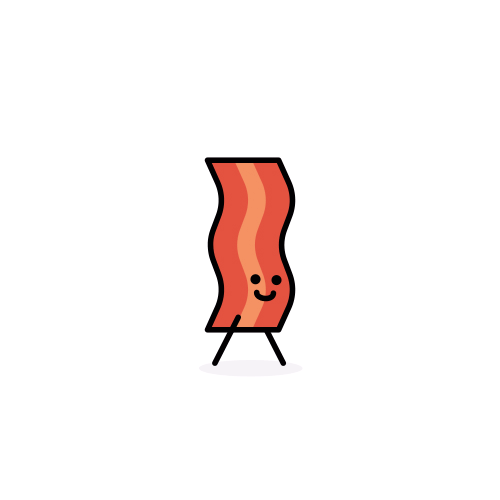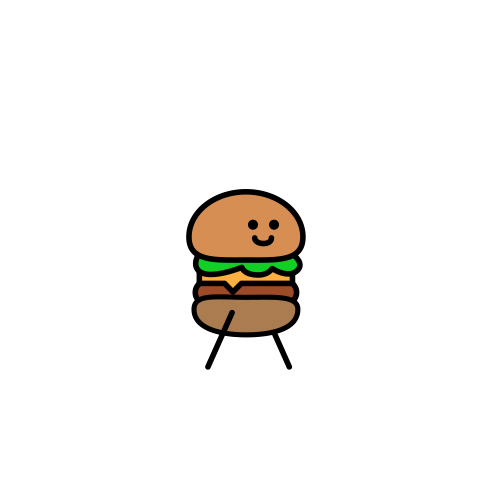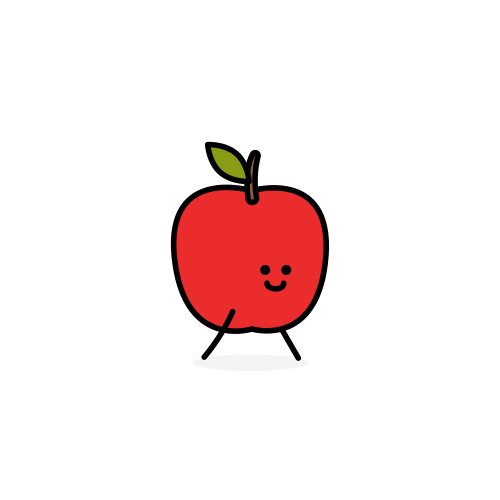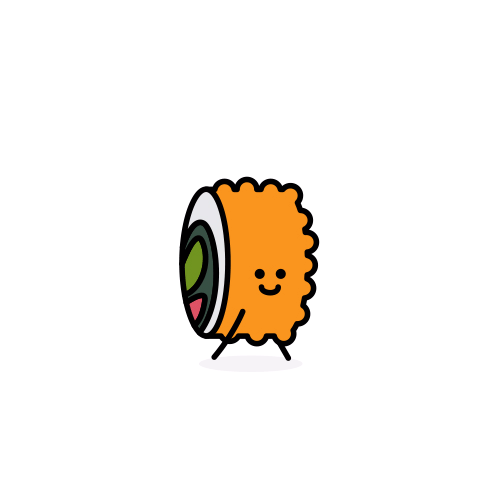Yummr is a combination of Yum + Mixed Reality. Our mission is to bring joy to everyone’s day by creating an immersive and fun AR experience. By visualizing food in augmented reality, we are one step closer to enhancing our senses with technology – with the one thing that unites us all, FOOD.
iOS App Technology Stack
- HomeViewController:
- Search Bar
- Tableview of nearby restaurants or search results
- MyMenuViewController(For Owner only):
- Dashboard Tab (tableview of some options):
- My Restaurant ( Edit information about restaurant)
- For Owner only: Messages (After the owner submits photos, we have to process them in the cloud. Once a model is created and touched up. Our team admins will look at the model and either approve it or deny it. The messages controller will give the owner updates about the models. (Whether or not they have been approved or denied)
- Account Settings
- Restaurant- information such as name, description, address, website, hours, and some settings like their genre, etc.
- MenuItems- information about each menu item such as name, price, file url of model, etc.
- Users-information about the users, such as name, if they are an owner, email, etc.
- Owners-collection of all the owner accounts. Every owner is also in the user collection but since firebase authentication does not separate account types, we have to do it manually
- Favorites- arrays of users favorite restaurants and menu items

Background Story
Yummr is a mobile platform built on a photogrammetry pipeline to turn food dishes into 3D models to allow customers to see before they eat.
As a person who loves food and is indecisive on what to eat, I tend to find myself pulling up the app, Yelp, to help with the deciding factor on what meal item to pick. Often, the photos taken are from weird angles, terrible lighting, some are half-eaten dishes, and are just hard to find. I would like to be able to easily find what a menu item looks like 1 to 1 from the exact dish.
What started through months and months of research on figuring out a solution to this problem, resulted in utilizing the domain I have expertise in – that being augmented reality. I decided to create an augmented reality app that allows you to view 3D food models.
I experimented with 3D modeling software and worked towards creating a working prototype that allowed one to view a simple one-page menu of AR items. After receiving numerous market validation from restaurants, I wanted to take it one step further to do multiple restaurants with AR items. So I created sample data and did just that – created a layout. The challenge that came next – was creating authentic 3D data. So, I did what any individual would do and gave up on the idea as it was too hard to do. Just kidding— I went full gung-ho and threw myself into learning Python, Bash, Swift, and other languages to get this concept of a 3D model made with ease.
I ended up perfecting it. I created a methodology for users to be able to turn images and videos into 3D models with simple ease all within my app. The process of start to finish for the data was the biggest challenge. That process ended up inspiring my Masters Thesis on building 3D models to enhance the customer experience for businesses. The entirety of the 3D capture methodology was revamped within the paper.
The idea for Yummr was around people who love food and just want to know what they are getting before they decide on what it is they want. I expanded this concept further and leveraged the prototype I had built to recruit an amazing team of engineers to flesh this out.
From there, we ended up being invited to the 1819 Accelerator to pitch our business and was awarded $5000 to invest back into the business.
Some background context – I am an entrepreneur with 8+ years of experience in the realm of starting projects from idea to completion. I decided to take this concept and put a twist on it. Have a project-based focus rather business-based focus. This allowed us to have fun and give the culture to the people of the company – allowing people in Yummr to choose their destiny in food.
Overall Vision & Summary
Problems Restaurant Owners Face
Restaurant owners open restaurants because they love food and cooking. It is extremely difficult to have a successful restaurant due to the fact that margins are thin and most close within the first two years. While they are the masters of their craft, they are not always IT professionals. That is where we come in: Our goal is to help them with technology and take that concern off their… plate.
Scanner Feature
At our core, we have a scanner that allows restaurant owners to create 3D models by taking photos, with their smartphone, at every angle. Our app will bring photogrammetry to the masses with our easy to use scanner.
Photogrammetry
Photogrammetry is the process of stitching photos together to create a 3D model that can be viewed/interacted with in multiple ways. The file type that IOS uses is .usdz and websites use .glb
Viewing in AR/VR
The main way is by using their smartphone’s camera to place the object on a surface in front of them ( augmented reality). Another way is by viewing the model on their phone’s screen. Unlike a still photo, the user can spin or zoom into the object. Lastly, through virtual reality and loading our food assets into a virtual world like Oculus Rift.
Database of Hyper Realistic Food Models
We are going to collect a large database of hyper realistic food models. The quality of the food models is key because we are competing with HD photos and fake food in commercials. It is a complicated process to go from the inputs of photos to life like models. It requires preprocessing and editing the input photos of the different components of the 3D model. It is a time consuming task so we plan to automate the pipeline from start to finish and use machine learning for the photoshopping. The last step is touching up the final model in post processing.
Note: A 3d model is composed of the mesh map, which gives it shape. And a texture map that overlays onto the mesh map.
Restaurant and Menu Directory
- Best and most up-to-date restaurant and menu information – the go-to app for restaurants to manage their menu. Make it easy by only doing it in one place.
- Make real time changes to the menu
- Mark unavailable items – if it is out of stock due to ingredient availability. Supply chain issues are tough lately.
- Or add/modify daily specials
- Edit menu and information in one place and be changed across all platforms
- Their own website or app
- Google My Business ( Google Maps) (Apple Maps)
- Directory Sites (Yelp, Trip Advisor)
- Delivery Apps (Uber Eats, Postmates, DoorDash)
- POS systems ( Toast, Square, Clover, Aloha)
- Make real time changes to the menu
- Search and recommendation system of restaurants near you
API
Since we have a large database of information and models. Other companies can use our API to load the assets into their app or even in a VR game they are making. Imagine our assets on the popular apps like Uber Eats, DoorDash, or even Instagram!
Other features:
- QR Codes – customers can scan QR codes to load the restaurant menu. QR code adoption has increased a ton due to COVID.
- Team AR feature – While in AR mode, you can move your camera around to see what other people at your table are viewing at the same time that your model is right in front of you. Imagine being able to see all the food on the entire team before you feast!
- Online Ordering – Order food for in store pick up or dine in through our app. We do not plan on implementing this soon but it is an option. We want to focus on our core rather than this market since there are many large competitors.
Accelerator
Yummr was graciously invited to be a participant in the 1819 Accelerator Cohort. This turned the project into a business and propelled us further. We solidified our Problem, Solution, Market Validation, Market Size as well as what’s to come next. Watch video below to see the inner workings









